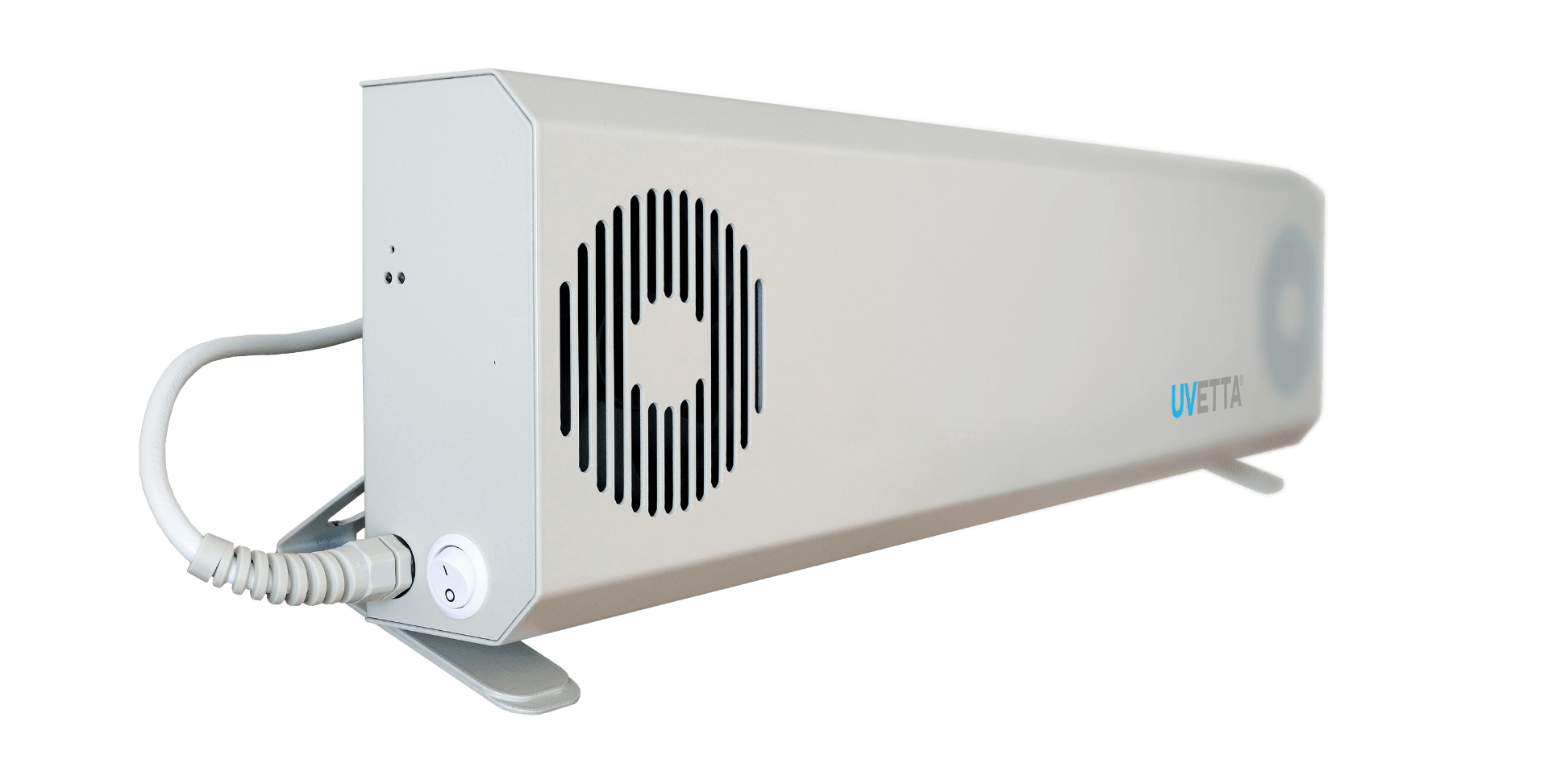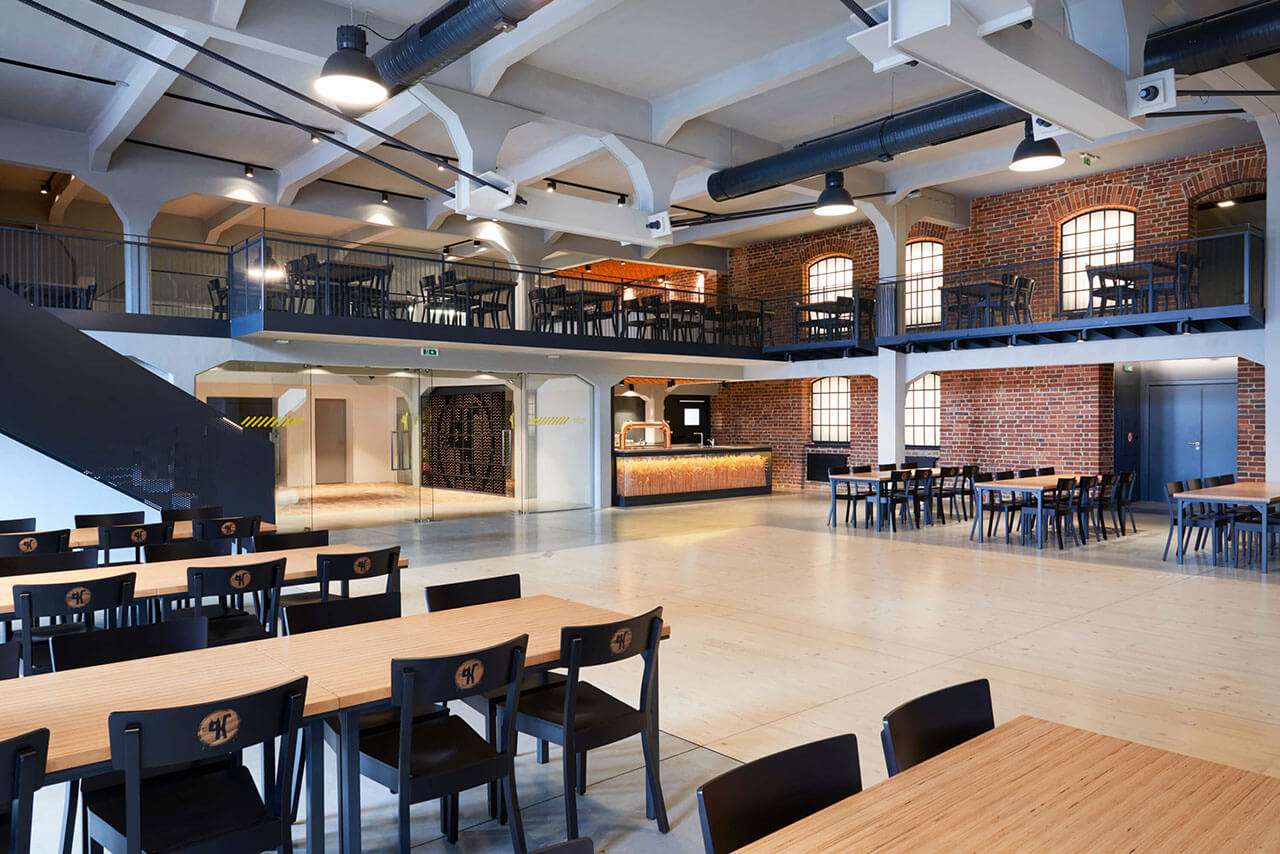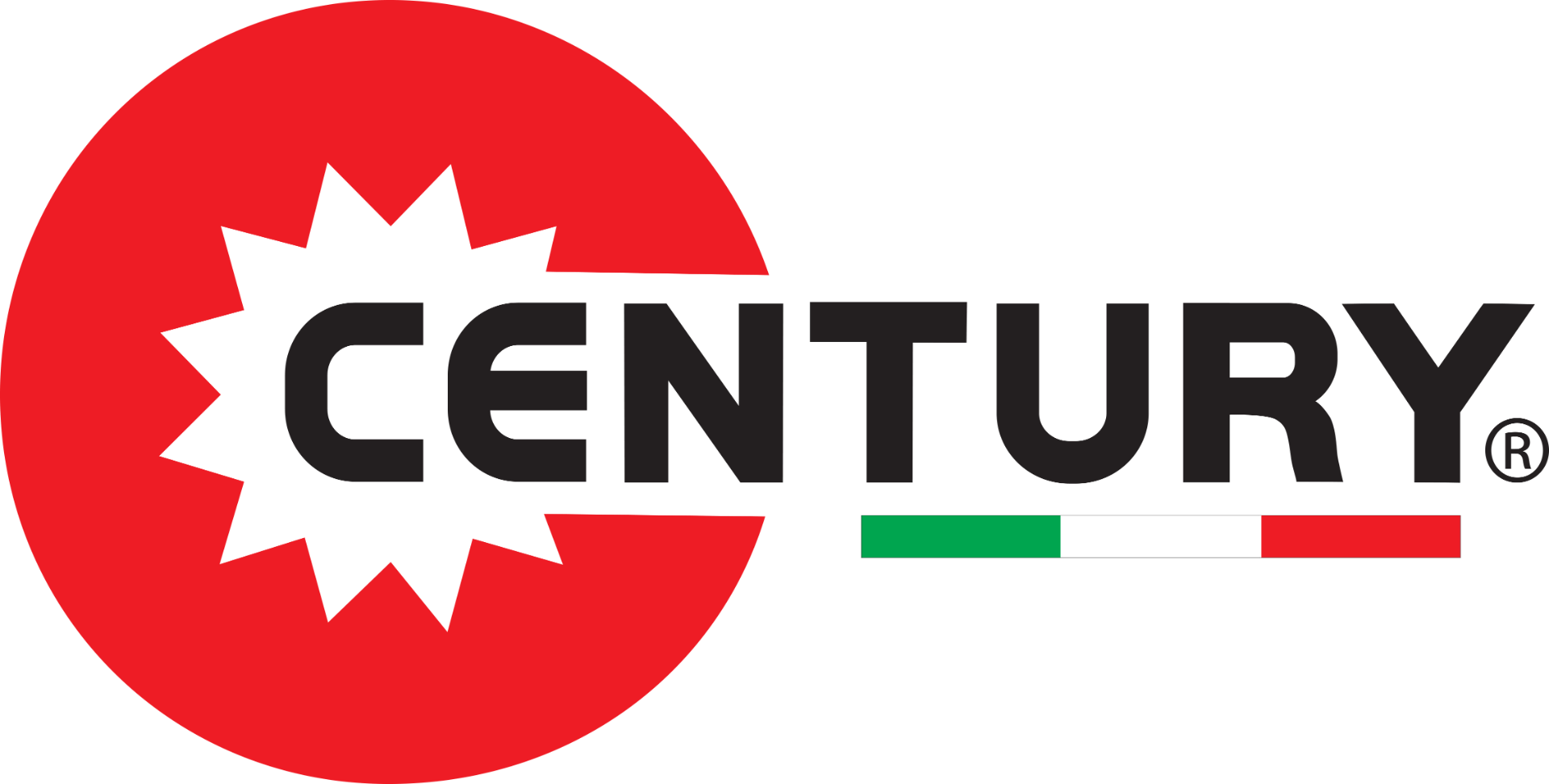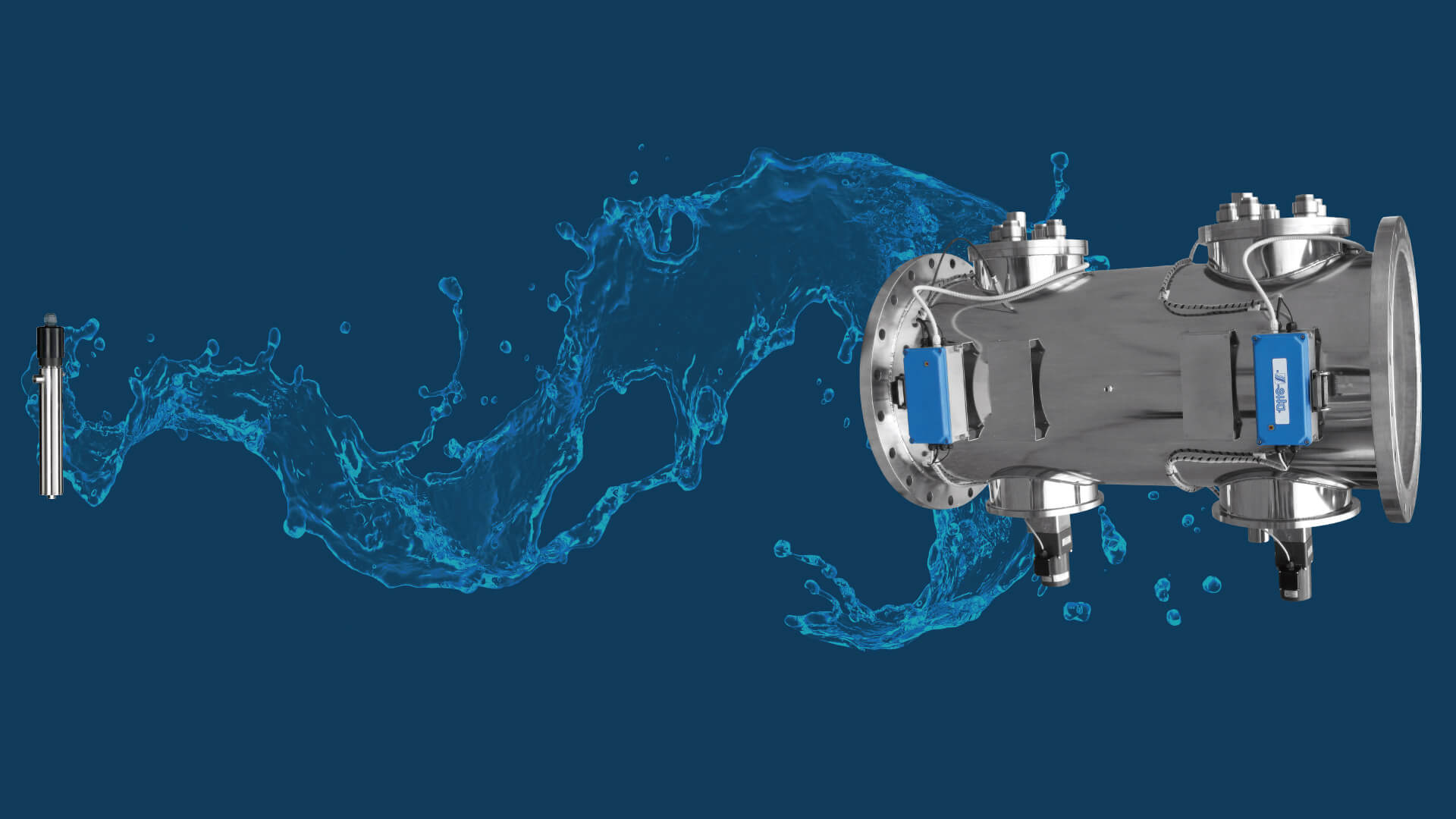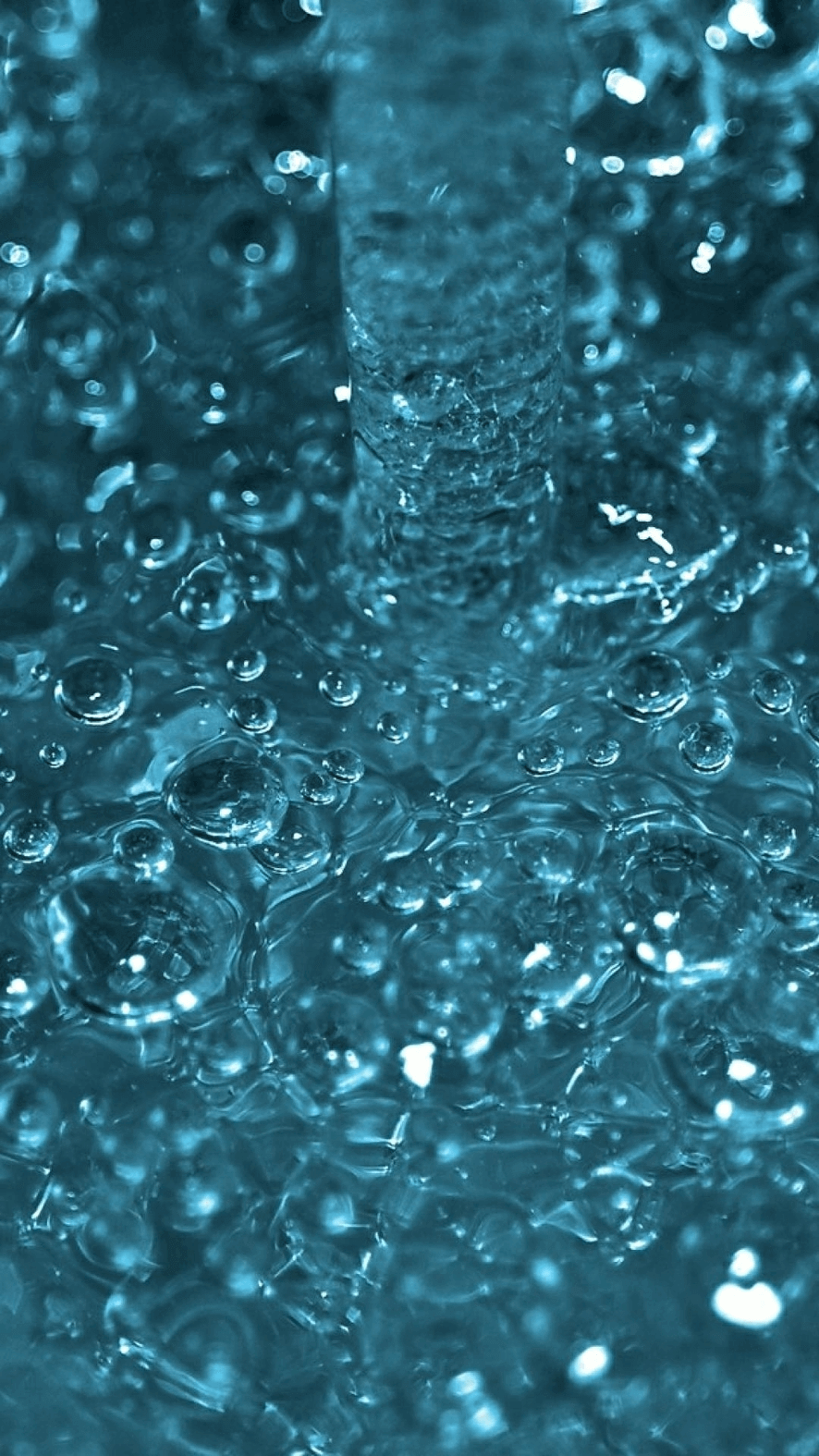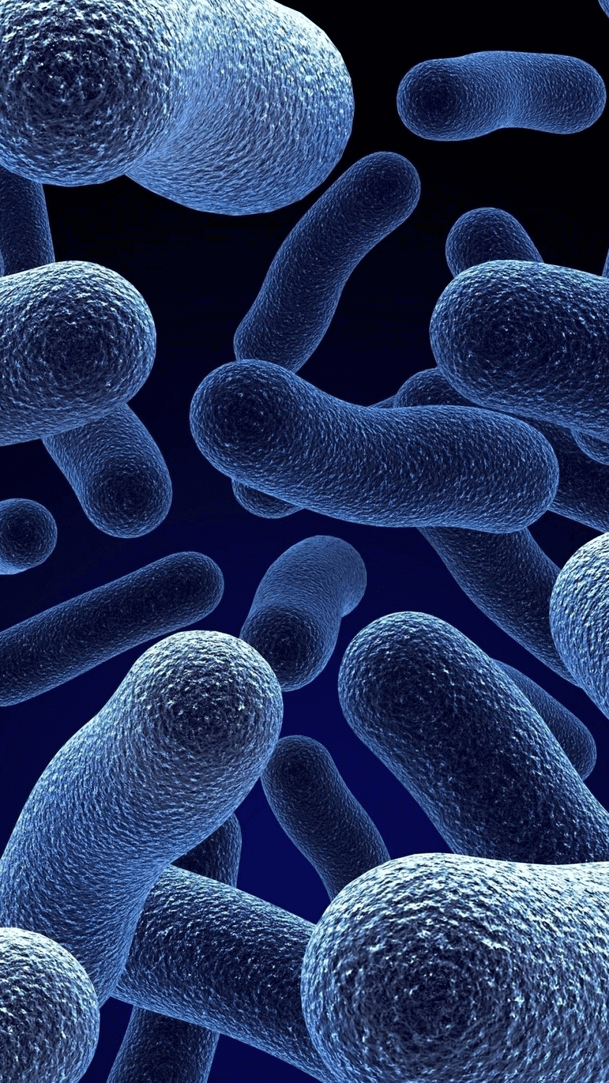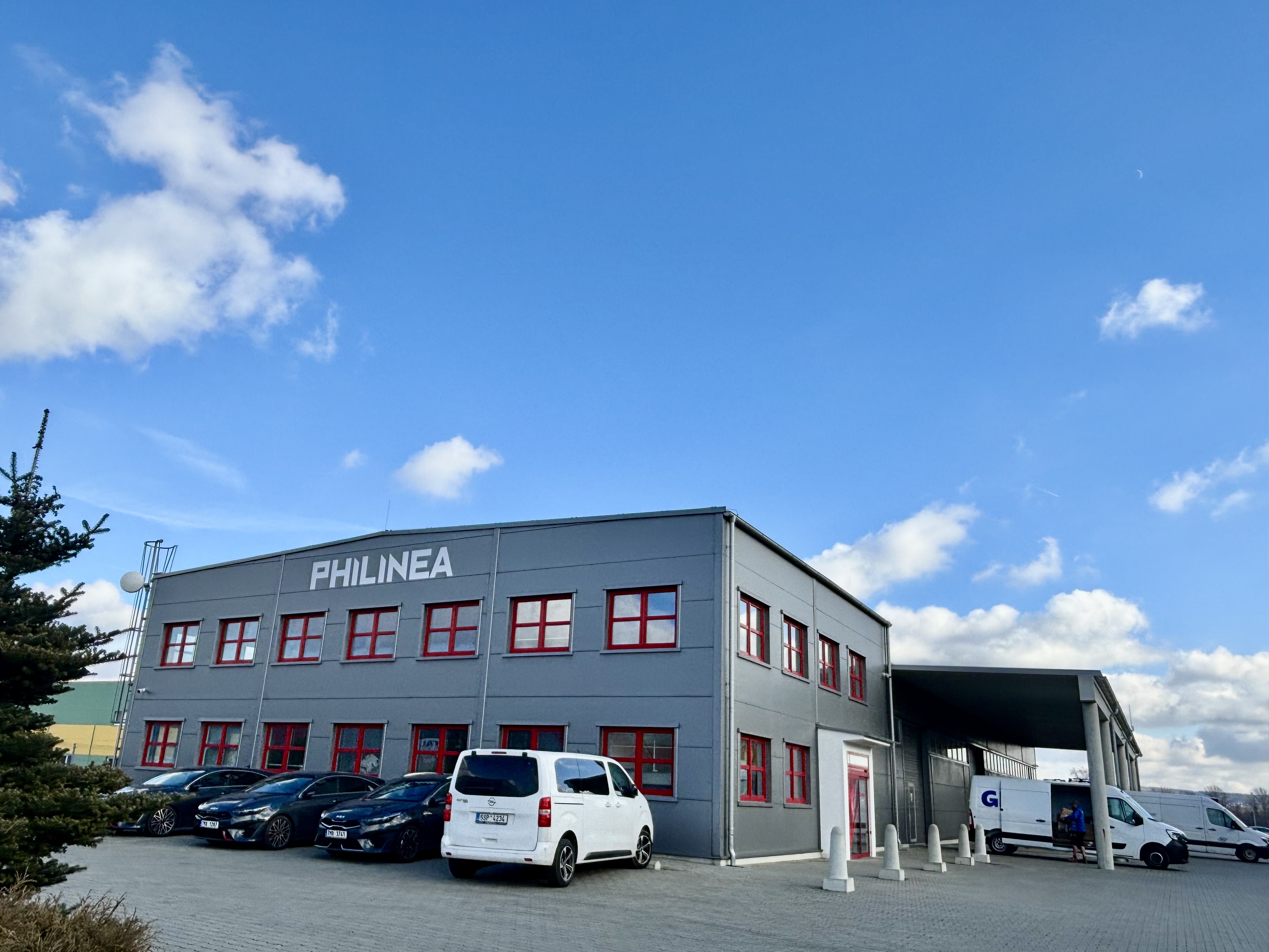Amalgam lamps: low-pressure germicidal UV lamps containing an alloy of mercury with other metals.
Aquatics: refers to water parks, swimming pools, hydro pools and water features or fountains.
Aquaculture: refers to the large-scale breeding and raising of fish, shellfish and crustaceans for zoos, aquariums and the food industry.
Ballast water: is the large volume of water pumped into tanks in ocean-going shipping vessels, cruise ships and military vessels to allow them to balance loads and ensure stability at sea.
Biocide: refers to a poisonous substance, for example a pesticide
Chlorine: one of the most commonly used chemicals for water disinfection, chlorine kills pathogens such as bacteria and viruses by breaking the chemical bonds in their molecules.
Chloramines: chemicals which can be used as a secondary disinfection method in municipal water distribution systems. In swimming pools, chloramines are formed by the reaction of free chlorine with organic substances, such as urine and sweat.
Dechlorination: removing residual chlorine from disinfected wastewater prior to discharge into the environment
Dose: dosing takes into account the UV intensity being given out from the lamps, the UV transmittance (UVT) from the water, air or surface (if applicable) and the time of exposure to UV light.
DNA: DNA (deoxyribonucleic acid) is the complex chemical that carries genetic information. DNA is contained in chromosomes, which are found in the nucleus of most cells.
Dwell time: the time a liquid, surface or air is exposed to a disinfectant, for example time a food conveyor belt may spend under a germicidal UV lamp.
Electromagnetic spectrum/radiation: the entire range of all possible electromagnetic radiation. This includes gamma rays, X-rays, ultraviolet, visible light, infra-red, microwaves and radio waves.
Electronic ballasts: specially-designed power supplies that will unsure long UV lamp life with consistent output.
Elemental (metallic) mercury: one of the three chemical forms of mercury, which usually causing health effects when inhaled in vapour form. Exposures can occur when elemental mercury is spilled or products that contain elemental mercury break and expose mercury to the air, particularly in warm or poorly-ventilated indoor spaces.
Germicidal lamps: a generic description for a UV lamp designed to emit radiation at a wavelength that will inactivate micro-organisms by disrupting their DNA
Flow rate: measurement of water passing through a UV disinfection or oxidation system. Examples of measurement metrics include m₃/hour or gallon/minute
Horticulture: the study and production of plants
Hydroponics: a method of growing plants without soil, using mineral nutrient solutions in a water solvent
Inactivation (of microorganism): referring to the action of impeding a microorganism’s ability to survive under given conditions
Intensity: the overall power output of a UV, often designated in watts
Low pressure UV lamps: germicidal UV lamps with low mercury vapour pressure, used for disinfection
Medium pressure UV lamps: UV lamps with medium mercury vapor pressure, used for germicidal and curing applications
Microorganism: a microscopic organism which can be single-celled or multi-celled, include all bacteria, archaea and most protozoa. Some fungi and algae are also classed as microorganisms. .
Municipal: of or relating to a town/city or its government
Nanometre (nm): a unit of spatial measurement that is 10-9 meter, or one billionth of a meter.
Noble Gases: chemical elements in Group XVIII of the periodic table with similar properties such as being odourless, colourless and of low reactivity. This includes helium, neon, argon, krypton, xenon and radon.
OEM: Original Equipment Manufacturer. For example a UV disinfection OEM may be a company manufacturing the complete UV disinfection system.
Oxidation: chemical treatment procedures using UV and hydroxyls to remove organic (and sometimes inorganic) materials in water
Pasteurisation: methods of treating liquids to ensure they are safe for human consumption – for example heating milk to very high temperatures
Pathogen: a bacterium, virus, or other microorganism that can cause disease.
Quartz Sleeve: used to house the UV germicidal lamps, providing protection against damage, leakage, temperature fluctuations and water.
Wastewater reuse: reusing treated wastewater for beneficial purposes such as agricultural or landscape irrigation, industrial processes or toilet flushing
Wavelength: refers to the distance between consecutive corresponding points of the same phase of a wave.
Ultrapure water: ultrapure water (also UPW or high-purity water) is water that has been purified to very stringent specifications for pharmaceutical, microelectronic and laboratory processes.
UVA: also known as “Longwave UV”. UVA has a wavelength range of 400 — 315 nm. It is the least harmful of the three UV wavelengths but can still contribute to the ageing of skin, DNA damage and possibly skin cancer. UVA lamps are used for curing of inks, adhesives and coatings and specifically; screen printing and flexo printing.
UVB: also known as “Midwave UV” or “Medium Wave UV”. UVB has a wavelength range of 315 – 280 nm. It is more dangerous than UVA and is responsible for burning the skin among other things. In industry UVB lamps are used for curing of inks, adhesives and coatings and specifically clear coatings and thin ink layers.
UVC: also known as “Shortwave UV”. UVC has a wavelength range of 280 – 100 nm. It is the most harmful and highest energy of the three UV wavelengths. In industry UVC is used for water and air disinfection as it can render micro-organisms harmless.
UV Intensity: measures the “amount” of UV energy that comes into contact with the air surface or water being treated.
UV LEDs: light-emitting diodes (LEDs) can be manufactured to emit light in the ultraviolet range, some of which are used for UV disinfection.
UV Transmittance: this is the measure of UV energy at a particular wavelength or frequency after it has been passed through a solid (i.e. quartz) or a liquid.

